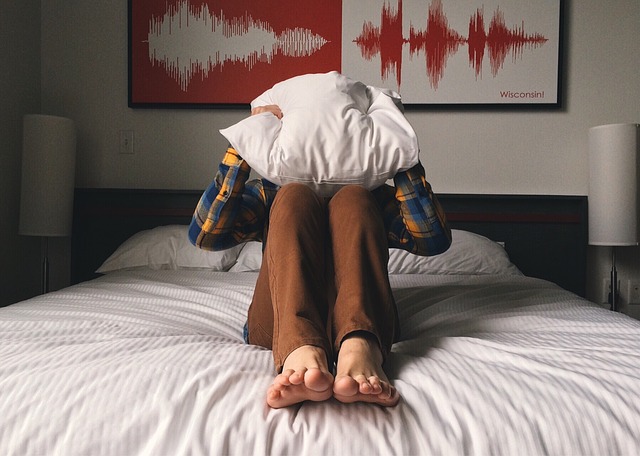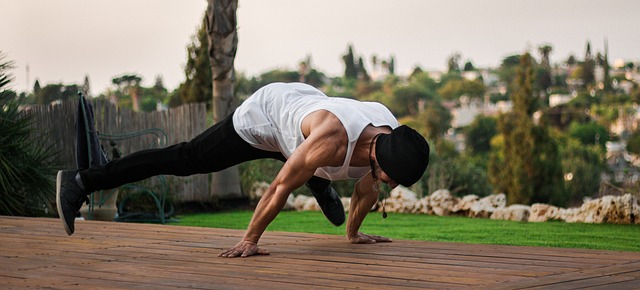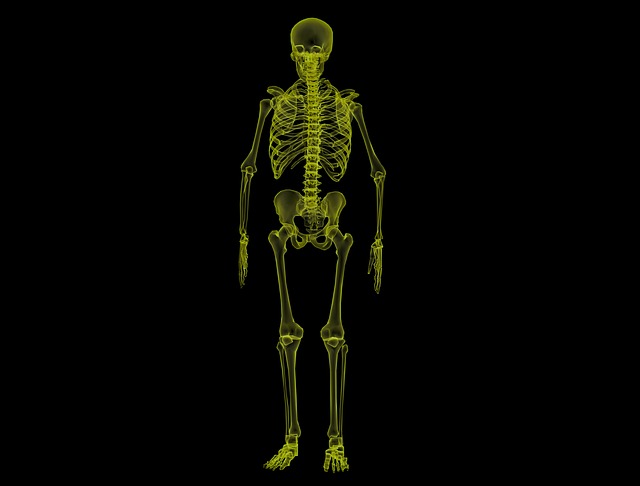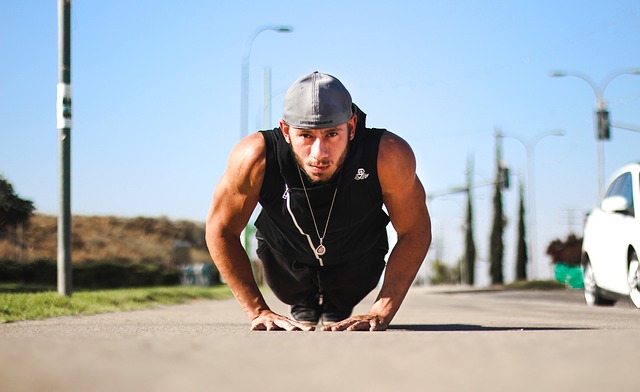Posts Tagged ‘chiropractic’
How to: Stop Avoiding Exercise
It might hurt getting started
But the upside is too large to ignore. If you are feeling stiff and sore now, imagine how the problems will compound over the next 5, 10 and 20 years, right now is the best vantage point you are going to have. Hence, step one of your new exercise plan: being honest with yourself. Whatever state your back is in now, it’s not going to get any better unless you take action today.
Step two is laying down the incentive:
- Back pain makes your life harder in the here and now
- A weak back leaves you vulnerable to injury in the future
- Back pain contributes to missed work time and disability
- Back pain is expensive
Ergonomic Relaxation: Reading in Bed Without Hurting Your Back
What is more relaxing than reading in bed?
Likewise watching Netflix or television from bed is many a person’s way to wind down. But it’s no secret that relaxing in bed can cause its fair share of trauma to the spine. While we would never sit here and deny you the pleasure of recreating in bed, it is prudent to set your spine up so that it incurs the least possible damage. For the purpose of this blog, we will use reading in bed as the model activity, but the same principles can be applied to using a laptop or cell phone in bed.
Unlearning the Habits that are Hurting your Spine
When it comes to spinal health habits, everyone has room for improvement
The most ubiquitous spinal habits which cause harm include:
- Poor diet
- Poor posture
- Poor lifting technique
- Smoking
- Lack of exercise
- Overuse of technology
Many of these malefactors go hand-in-hand; for example, lack of exercise and poor diet leads to weight gain which makes good posture more difficult; overuse of technology contributes to lack of exercise and poor posture. But all of these factors lead down the same road, the one that points toward back pain. The sooner we realize this, the sooner we can start exercising control over the factors that matter for keeping our spines healthy.
Using Your Pillows Strategically to Find Better Sleep
Sleeping begins with comfort
Who can really fall sleep with their knees touching and their legs stuck together? Who is ready to dream with their head sinking lower into a lumpy pillow? The first ingredient of any successful sleep strategy is comfort- comfort leads to calm, and calm leads to relaxation. This is an important transition: calmness is a working state of perfect harmony between your mental, physical and emotional states; relaxation, on the other hand, allows your body to reduce its expenditure of energy and focus on getting to sleep.One of the best ways you can get comfortable tonight is by using your pillows to better effect. Paying attention to your pillow(s) can make a big difference when it comes to falling and staying asleep; strategically positioning pillows can help you support healthy sleeping posture, promote better circulation, and prevent back pain.
Why is Postural Strength Important?
Postural strength makes for a more comfortable life
Whether you are endlessly active or frequently sedentary, postural muscles are a cornerstone of keeping you pain free; therefore, whether you are a gym rat or a more low key homebody, your workout routine should include a focus on maintaining and strengthening the postural muscles. But what are the muscles that matter for postural strength? There are two main groups:
- Postural muscles: these muscles are always active, even when you have been sitting without a shred of movement for hours. These muscles are located deep in the body, between the pelvis and abdomen, as well as all the muscles which attach to the spine. These muscles often become tight from overuse.
- Phasic muscles: responsible for strength and initiating movement, muscles like the abdominals and glutes often become weak from lack of use.
The essential imbalance between tight postural muscles and weak phasic muscles leaves your body at risk for pain and dysfunction.
NSAIDs Hamper Athletic Performance
The use of painkillers is widespread in the athletic community
You would be hard pressed to find a sport that doesn’t involve athletes using non-steroidal. anti-inflammatory drugs, (NSAIDs: think advil, ibuprofen), to manage the natural pain that is associated with their level of physical activity. These drugs aim to inhibit the body’s production of prostaglandins which contribute to the perception of pain in the body. This is problematic to begin with because they block all prostaglandins, even the good ones which protect the stomach lining. But then the problem gets worse:
- NSAIDs lead to over-training syndrome by tricking your body into thinking it is not in pain, therefore causing you to push past the point of no return.
- When rehabilitating an injury, persistent use of NSAIDs is linked to actually slowing the rate of recovery for muscles and connective tissue.
Meet Musculoskeletal You: The Difference Between Tendons and Ligaments
Musculoskeletal you is made up of ligaments and tendons, each which serve different purposes
Ligaments attach bones to bones and tendons attach muscles to bones. And while, they serve different purposes, they are composed of the same material: connective tissue made up of densely layered collagen fibers.
- Ligaments: ligaments connect bones and allow for the healthy articulation of joints. Healthy ligaments maintain support and stabilize joints so that excessive movement doesn’t cause injury.
- Tendons: connecting muscle to bone is also important for movement as much of the force imparted by movement is transmitted through tendons between muscle and bone.
Ligaments and tendons are designed for durability, but put either through enough force and they, like the other structures of your body, will give.
A Spine Under Pressure Leads to Subluxation
The downward force of gravity is ever present
No matter what position you are in, or how good your posture, there is still a burden being placed on your spine; as a result of its position in the body, the brunt of this pressure is born by the lumbar segment of your spine. Studies have measured the amount of pressure sustained by intervertebral discs in the lumbar spine of a healthy person which show that:
- Lying on your back: ~25kg
- Standing upright: ~100kg
- Sitting upright: ~125kg
These numbers increase when you do things like lean forward, bear weight, or lift. Because this pressure is ever-present, a common side effect is for the spine to fall out of alignment, a condition known as subluxation.
An Ergonomic Game Plan For White Collar Workers
Back pain is the number one health complaint among office workers
A big part of this is down to poor ergonomics: because employers rarely care enough to invest the money and set up their workers for success, there is a precedent of poor ergonomics set from the beginning. That means the onus is upon the worker to make themselves aware of how poor ergonomics can actually cause harm to their bodies; carrying on from this, the enlightened worker will take proactive action to prevent back pain and ergonomic injuries.
Muscles that Matter Most for Core Stability
Why is core stability important
Your core is the foundation of musculoskeletal wellness. Most movements you undertake on a daily basis originate in the core, or at least utilize it in some manner. The core forms a link between the upper and lower body and weakness in this crucial center link underpins a lot of musculoskeletal dysfunction that can lead to immobility, pain and degeneration, especially in the spine. The spine can be used to stabilize the spine and transfer forces across the body from the smallest acts such as bending over to tie your shoes to bigger acts such as the heavy lifting involved in construction work. Let’s take a closer look at one of the most important muscles of the core and how paying attention to it can prevent back pain.








